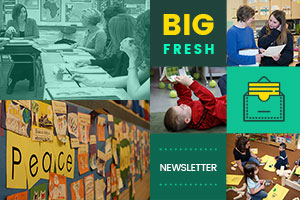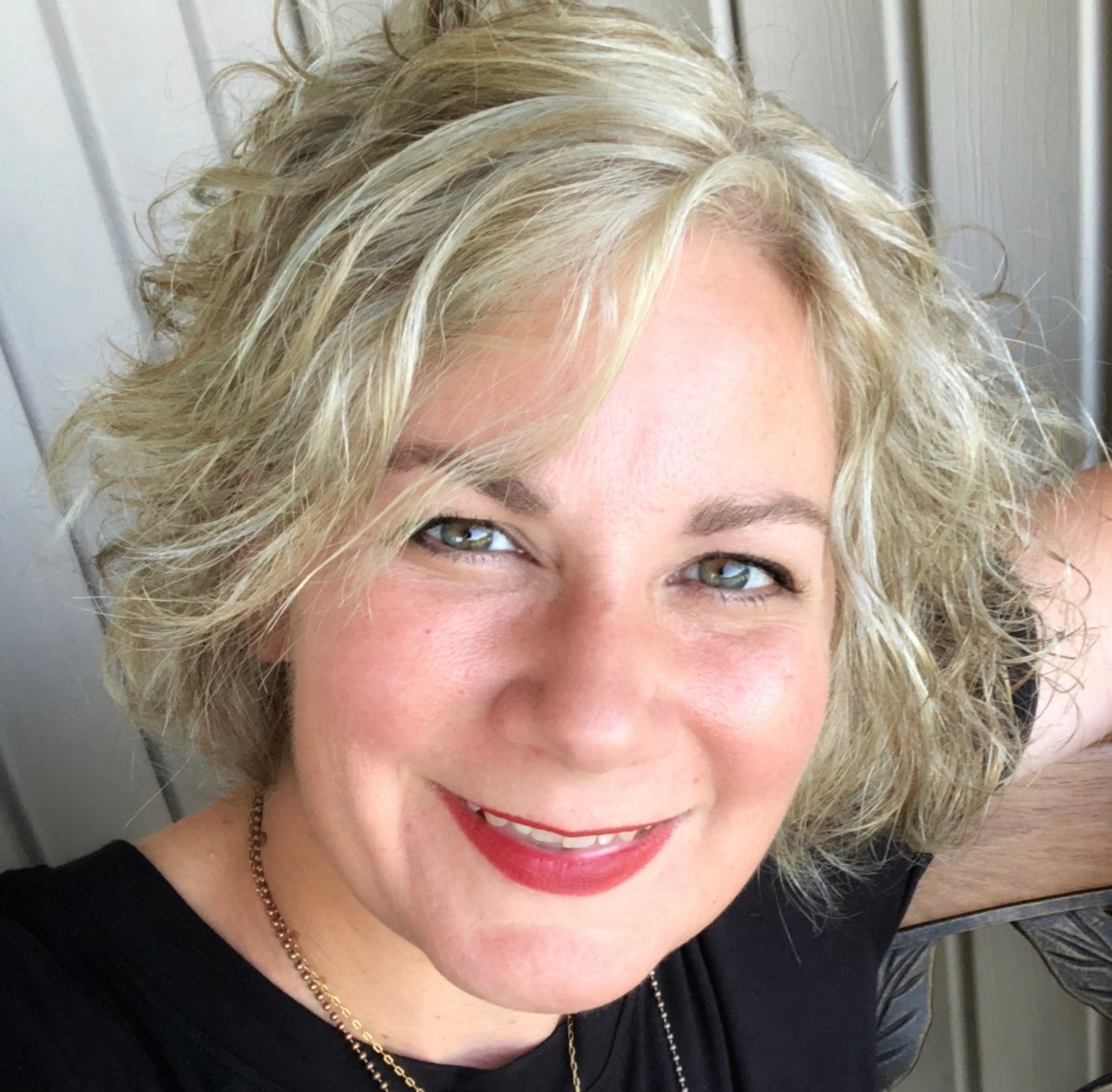Breathe. Let go. And remind yourself that this very moment is the only one you know you have for sure.
—Oprah Winfrey
The Power in Learning to Pause
It was 1:17 p.m. on a Tuesday when I ran into a teacher in the grocery store. He did a double take and said, “We know each other, but I’m not sure of our connection.”
I smiled, and as I prepared to remind him, he said, “You’re Ruth Ayres. I always sign up for your workshops.” Then he asked, “How’s your summer going?”
I chuckled and said, “I’m not sure. Has it started?”
He laughed and said, “No kidding. I feel the same way. Summer school just ended and practices for fall sports are starting this week. Sometimes it feels like we never have a chance to take a break.”
“That’s true,” I agreed, “but, here we are in the grocery store in the middle of the day in the middle of the week.”
“Right,” he said. “I just needed to grab one thing before heading back to school.”
We said our goodbyes and went our separate ways, but the conversation is lingering with me.
Do educators take time to pause? Do we take time to breathe? Do we rest? Do we renew?
My husband had a serious concussion when he fell last September, followed by several more falls and more concussions. It’s been a long recovery process. One thing we learned from the neurologist was that the concussions were traumatic to his body and affected his autonomic nervous system. Many of his symptoms are trauma responses, and the top recommendation of his doctors is to activate his parasympathetic nervous system. This is often referred to as the “rest-and-digest” system in our bodies. It is the opposite of the system that prepares us for “fight or flight.”
Being wired the way I am, this has led to lots of research and reading about activating the parasympathetic nervous system, and what I’ve learned is that most of us have shortchanged our bodies in the area of rest and relaxation.
There is power in learning to pause. Deep breathing exercises, journaling, and mindful eating are just a handful of ways to slow down. As Andy and I have intentionally nourished our parasympathetic nervous systems, we’ve realized the importance of helping our bodies (re-)learn how to relax.
It is my hope that all educators will take time to renew their minds, bodies, and souls this summer. This issue is all about inspiring renewal—plus more, as always.
Shine on,
Ruth Ayres
Editor in Chief

Are you wondering how to maintain a reading life as a busy adult? Dana Murphy shares her secrets and insights that will have all of us prioritizing our own reading lives.
Gretchen Schroeder struggles to understand the meaning and value of her teaching when two former students overdose and and die, another pleads guilty to murder, and yet another is arrested for domestic violence. She also looks at the corrosive effects of both apathy and envy. The result is a deep reflection on how teachers can move beyond sadness and other difficult emotions.
Ruth Ayres has advice for moving forward, staying positive, and focusing on what’s important.
PODCAST | On the Get Lit(erate): Read. Write. Feel Better. podcast Stephanie Affinito encourages us to build a pause pile—a collection of short stories and essays designed to be read in a single sitting to soothe, uplift, and inspire.

New members-only content is added each week to the Choice Literacy website. If you’re not yet a member, click here to explore membership options.
Mandy Robek set out on a quest to discover new nonfiction books with characters who offer inspiration, compassion, and heart. Here are eight new titles you won’t want to miss.
It’s hard to keep your teaching mojo high when standards are grinding you down. Gretchen Taylor is inspired by watching an aerial performer to consider harnesses and fearlessness in a new way.
Stella Villalba shares three strategies teachers and literacy coaches can use to pause, re-center, and renew themselves throughout busy, stressful days in schools.
VIDEO | When Gigi McAllister says the library is a place for everyone, she means everyone! As a child Gigi did not like reading, so she is passionate about creating a space in the library where everyone feels like they belong.

New members-only content is added each week to the Choice Literacy website. If you’re not yet a member, click here to explore membership options.
Are students entirely unmotivated, or are they just not motivated by the things we expect them to be? Mary Brower is inspired by a golf cart adventure and realizes key principles to create classroom environments where students are encouraged to take risks, reflect on their experiences, and turn fear into bravery.
Matt Renwick offers an insightful perspective on how anger arises in educators, where it comes from, and what to do about it.
Vivian Chen is inspired by a Joyful Toolkit and asks educators to reflect on where they find joy in their schools. While there can be a certain draw to wallowing in killjoys in education, ultimately, we need to disrupt the downward spiral for our own mental wellness.
Quote It:
Teaching is the greatest act of optimism.
—Colleen Wilcox
That’s all for this week!



